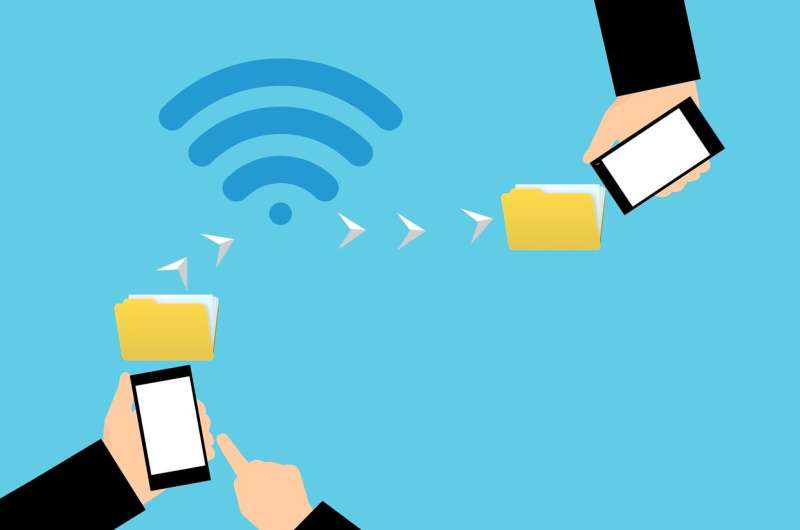
The promise of slowing numbers of COVID-19 cases and the development of vaccines are offering hope that workers exiled at home can get back to work again. While no one expects a rapid return to the workplace, one thing seems clear: How we work has likely changed forever.
Pre-pandemic, only 3 percent of employees worked from home. Last year, thanks to COVID-19, remote work has soared to 40 percent of the workforce.
The almost overnight overhaul of the way workplaces have operated for years is forcing companies to rethink how they manage and communicate with employees.
Microsoft claims more than 115 million users rely on its suites of software and cloud-based office productivity apps, and its officials understand their services will need to accommodate the broad sweep of change in the coming post-pandemic months and years.
With such change in mind, Microsoft on Thursday introduced Viva, a suite of tools referred to as “an employee experience platform” that integrates with Microsoft 365 and Teams.
It connects employees to the company by providing work, research and educational resources in an intranet setting.
Viva includes several modules: Connections provides employees with company news and policies; Learning offers educational resources; Topics manages the company database and has been called “a Wikipedia for the organization” by Jared Spataro, who heads Microsoft 365; and Insights will generate data for managers and leaders to monitor work patterns and trends.
“We need to stop thinking about work as a place, and start thinking about how to maintain culture, connect employees, and harness human ingenuity in a hybrid world,” Spataro said. “As the world of work changes, the next horizon of innovation will come from a focus on creativity, engagement and well-being so organizations can build cultures of resilience and ingenuity.”
Microsoft hopes to juggle all aspects of an individual’s workday—scheduling, meetings, phone calls, video chats, text messaging, research—into a common framework that will help employees navigate a new work world that accommodates changing hours and possible shifts between working from home and working at the office. All the while, the system would foster a sense of community.
“We have participated in the largest at-scale remote work experiment the world has seen and it has had a dramatic impact on the employee experience,” Microsoft CEO Satya Nadella said. “As the world recovers, there is no going back. Flexibility in when, where and how we work will be key.”
The Learning module, which will be made available to all later this year, collects educational resources for new employees navigating their way through their first days and for established employees seeking to broaden heir knowledge. It includes content not only from the company but from LinkedIn Learning, Skillsoft, Coursera, EdX and others.
Similarly, Topics coordinates helpful data from experts throughout the company, using AI to scan an employee’s database, for instance, and match it up to appropriate resources for analysis.
Insights in effect is the company therapist. Keeping tabs on an employee’s workflow and habits, it can be utilized to gently suggest break times and encourage relationships with fellow workers. Also, according to a Microsoft blog post, Insights “allows organizations to combine employee feedback from LinkedIn’s Glint with collaboration data from Viva Insights, enabling leaders to more accurately identify where teams may be struggling, proactively adjust work norms, and then quantify the impact of those changes over time.”
While Microsoft said personal privacy will be protected, this module is eerily similar to last year’s introduction of a “productivity score” feature in Microsoft 365 that drew criticism from privacy experts. The feature allowed managers to track employee activity at work or at home, and produced scores based on factors such as workflow, participation in discussions and number of emails. Swift criticism of the feature followed.
“The word dystopian is not nearly strong enough to describe the fresh hellhole Microsoft just opened up,” said David Heinemeier Hansson, co-founder of the office productivity suite Basecamp, referring to productivity scores. “Just as the reputation of a new and better company was being built, they detonate it with the most invasive workplace surveillance scheme yet to hit mainstream. Being under constant surveillance in the workplace is psychological abuse,” he said.
Microsoft eventually removed the ability to identify individual users, stating that the score “is a measure of organizational adoption of technology—and not individual user behavior.”
Microsoft said this week that Insights data are “aggregated and de-identified by default to maintain personal privacy.”
The Topics module is now available for Microsoft 365 customers, and Insights and Learning are available for preview for all beginning this week.